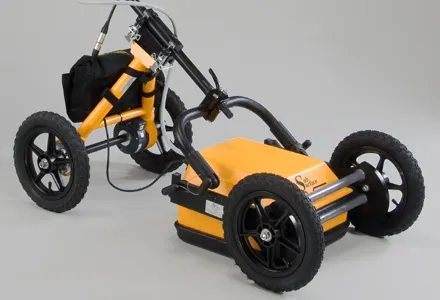Highway Care is now offering its BikeGuard Motorcyclist Safety Barrier, a system intended to help tackle motorcyclist road casualty figures. Although motorcyclists make up 1% of traffic, they account for 19% of deaths on UK roads for example and this new system is designed as one component of the safety solution.
February 6, 2012
Read time: 1 min

Tight curvature bends are the most likely location a motorcyclist may come off, which could be due to a tightening radius, diesel spill or a wet drain cover. BikeGuard can be attached to OBB, TCB and W-beam safety barriers.








